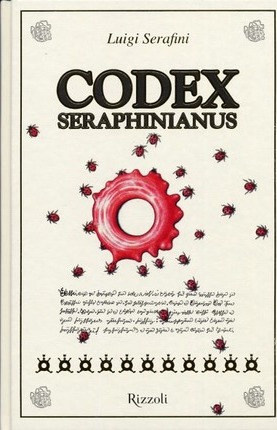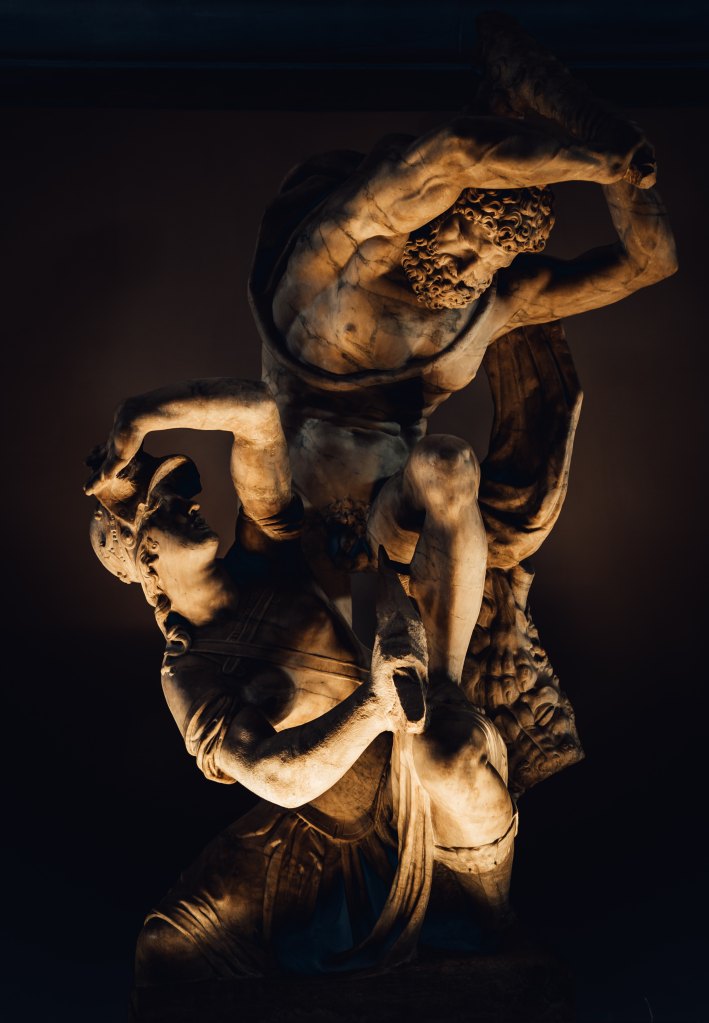
I designed the following parable to deliver its moral using a fixed, but versatile formula. See whether you can spot it.
The King had a son who loved nothing better than to sit indoors and study. Despite the numerous books that already surrounded him, the young Prince was desperate to peruse his father’s grand library—a library reputed to contain the wisdom of humankind. The King repeatedly refused, year after year.
On the day he came of age, the Prince woke to a message from his father inviting him to receive a birthday present in the library. He got dressed and rushed into the courtyard, but the library was no longer there. In its place smouldered a heap of rubble. Dismayed, the Prince walked across the sooty field, sifting through the cinders, until he arrived at the centre, where he found a pedestal and on it a single, unsinged book. He leafed through it; it was blank.
The Prince looked up to see the King slowly approaching with a saddled horse. The Prince smiled, spoke a word of thanks, and tucked away the book, before taking the reins from his father.
Later that day, the peasants working the fields near the palace watched as a young man galloped past, heading for the sunset.


































































